Best plants for a butterfly garden – discover 16 wildlife-friendly blooms
Attract pollinators for months of wildlife charm with the top plants for a butterfly garden that is beautiful and good for the planet
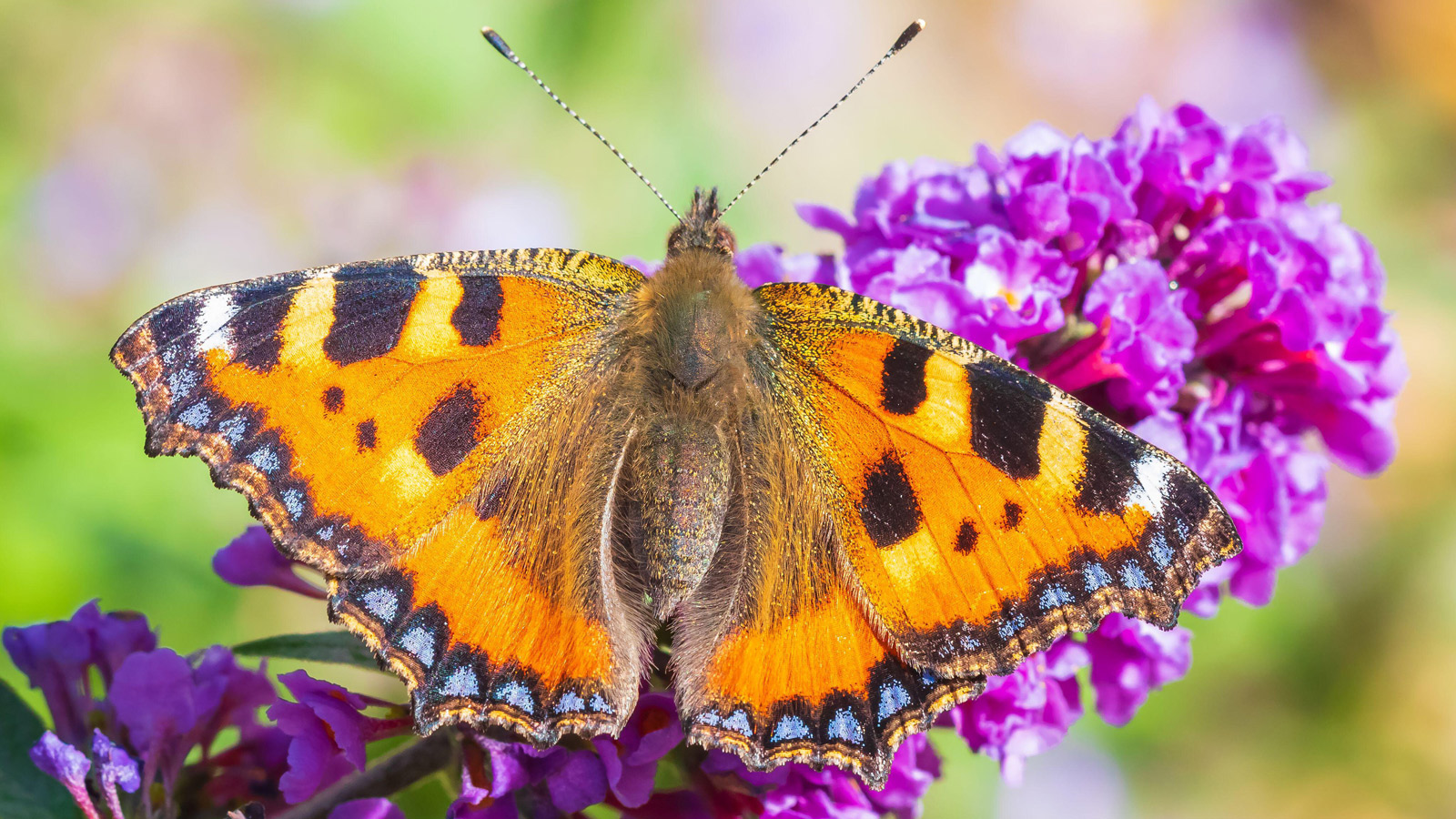

Figuring out the best plants for a butterfly garden is more than merely a desirable way to add charm, color and diversity to the plot. These days, keeping our gardens filled with butterflies should be an essential activity. Older folks can conjure up childhood memories of sunny days filled with clouds of butterflies. But over the last 50 years, their numbers have dwindled due to habitat loss, changes in agricultural processes, and global warming. Butterflies are important biodiversity indicators and feature in the chaos theory expounded by meteorologist Lorenz in 1963 – that the flap of a butterfly’s wings in the Amazonian rain forest can change the weather half a world away. Known as the butterfly effect, this supports the notion that small changes can have large consequences.
Gardeners can do a lot to help butterflies, for example, they can plant a butterfly border. In doing so, gardeners create safe habitats, nectar-rich plants for adults and food plants for caterpillars. Knowing how to attract butterflies is partly about floral selections and partly about how we view our gardening spaces in their entirety. Linked together, gardens make highways between wilder areas, enabling adults to move easily and find mates. A female butterfly needs the right species of plant in the right physical condition and in the right position in order to lay her eggs. And depending on the time of the year, there could be eggs, caterpillars, pupae or adults on the plot.
There are lots of butterfly species but only a few are commonly seen – so we need to do all we can to attract those most likely to appear. Here we round up the best butterfly garden plants to help benefit the environment as well as bringing the garden to life…
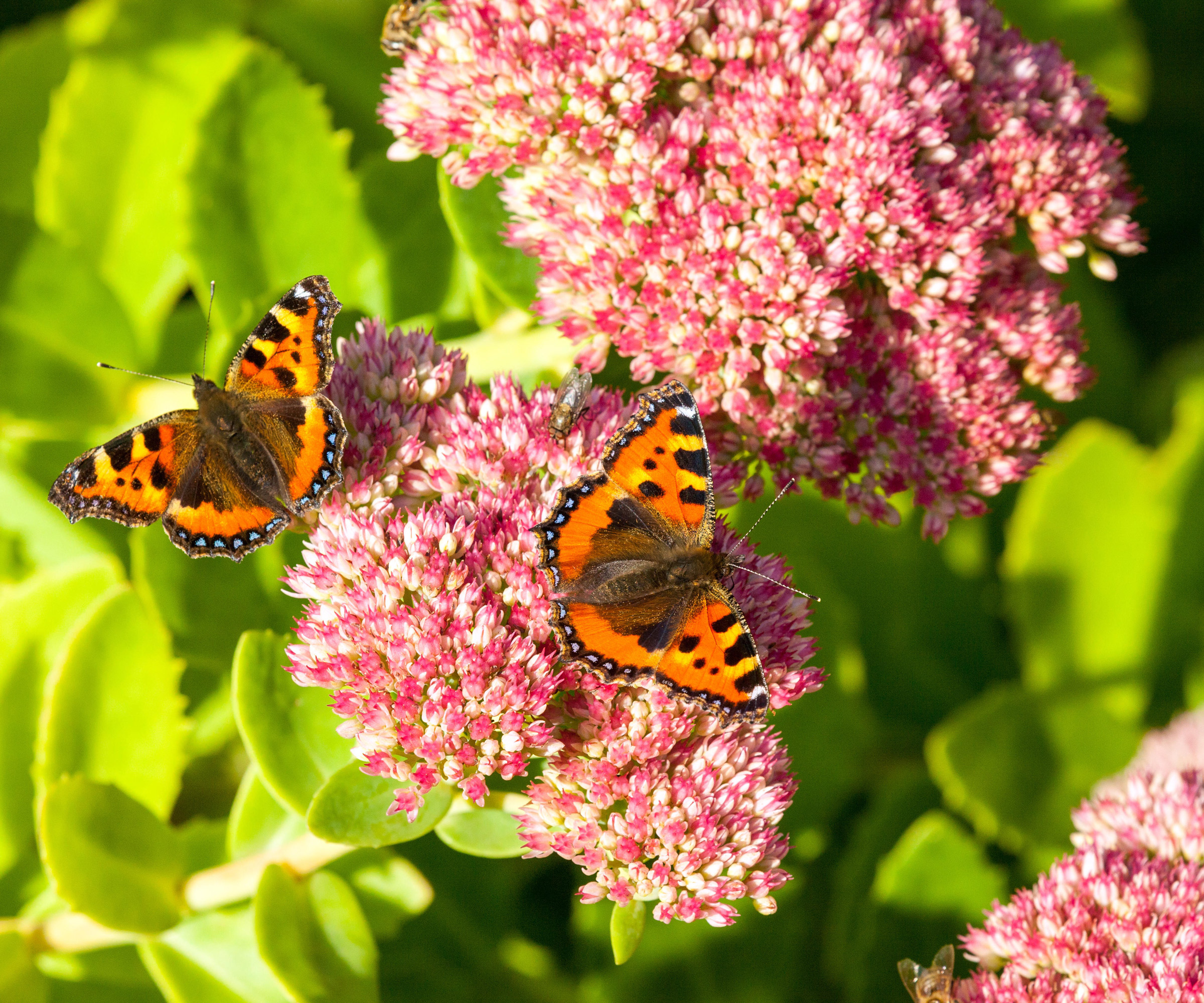
Floral perennials like sedums are a great way to entice butterflies like small tortoiseshells to our gardens
16 charming beauties that make the best plants for a butterfly garden
To successfully plant a garden for pollinators, you will need to provide nectar-rich flowers from early spring to fall. Propagate by seed or cuttings to create generous nectar bars.
We appreciate the color and movement of these butterflies, while they crave sun, nectar-rich flowers and dense shelter from bad weather.
You can shop for several plants for a butterfly garden at Burpee.
1. Aubrieta ‘Cascade Purple’
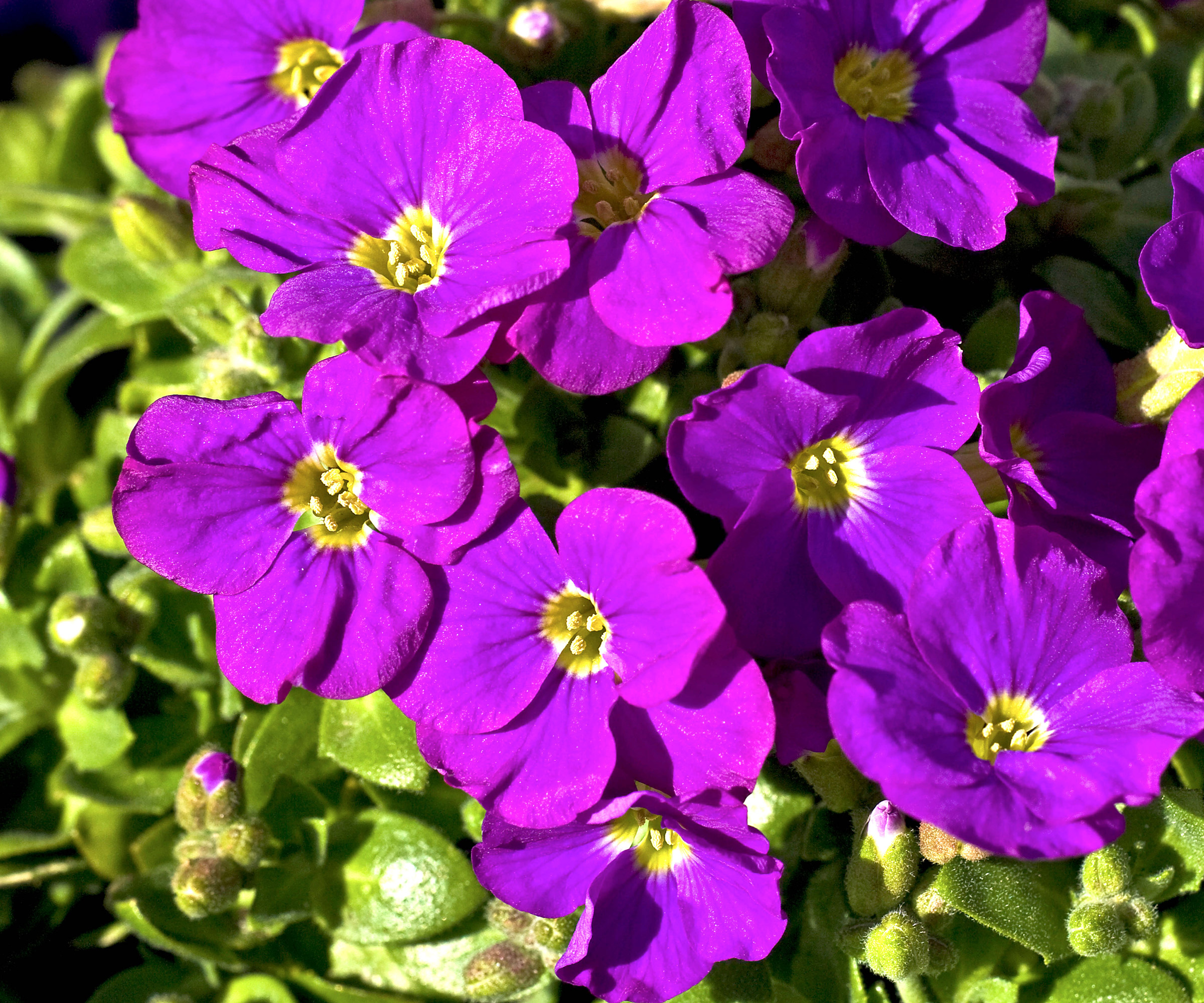
Aubrieta ‘Cascade Purple’
- Hardiness: USDA 6b/7a
- Height: 4in
- Spread: 18in
- Good for: Rock gardens, dry gardens
As well as being one of the best plants for a butterfly garden, Aubrieta ‘Cascade Purple’ (available from Walmart) is one of the most nectar-rich plants for spring. This mat-forming, sun-loving plant, which is also amongst the most popular cottage garden plants, is covered in small purple flowers during spring.
Along with candytuft (Iberis gibraltarica) and maiden pinks (Dianthus deltoides), these butterfly garden plants make the rock or dry garden area a nectar-rich zone. They are perfect for satisfying butterflies that are emerging from hibernation.
Shear plants after flowering to keep them compact and, for generous quantities, take cuttings during summer.
2. Doronicum plantagineum ‘Excelsum’
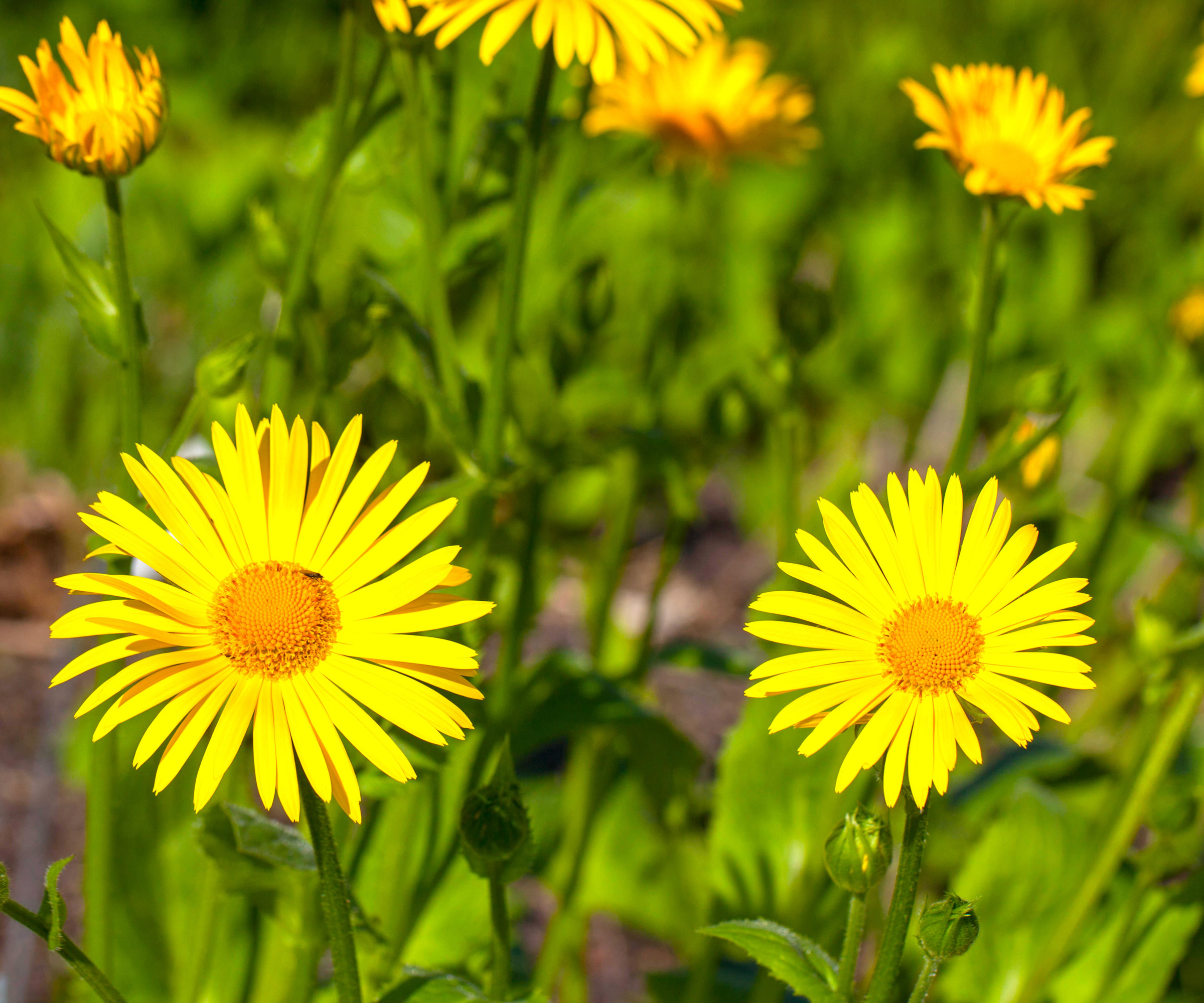
Doronicum plantagineum ‘Excelsum’
- Hardiness: USDA 7b/8a
- Height: 30in
- Spread: 30in
- Good for: Partial shade
Although it may not feel like an obvious choice, dandelions make some of the best butterfly garden plants for early butterflies. Anyone who knows how to identify wildflowers will know that pollinators such as peacocks love to bask and sip from these flat yellow heads. If that seems a step too far, plant spring-flowering leopard’s bane for large yellow daisies.
Doronicum plantagineum ‘Excelsum’ is a rhizomatous perennial which looks especially good alongside clumps of snowflakes (Leucojum aestivum). These nectar-rich plants grow well in partial shade and they are easily divided in fall.
3. Lunaria annua var. albiflora AGM
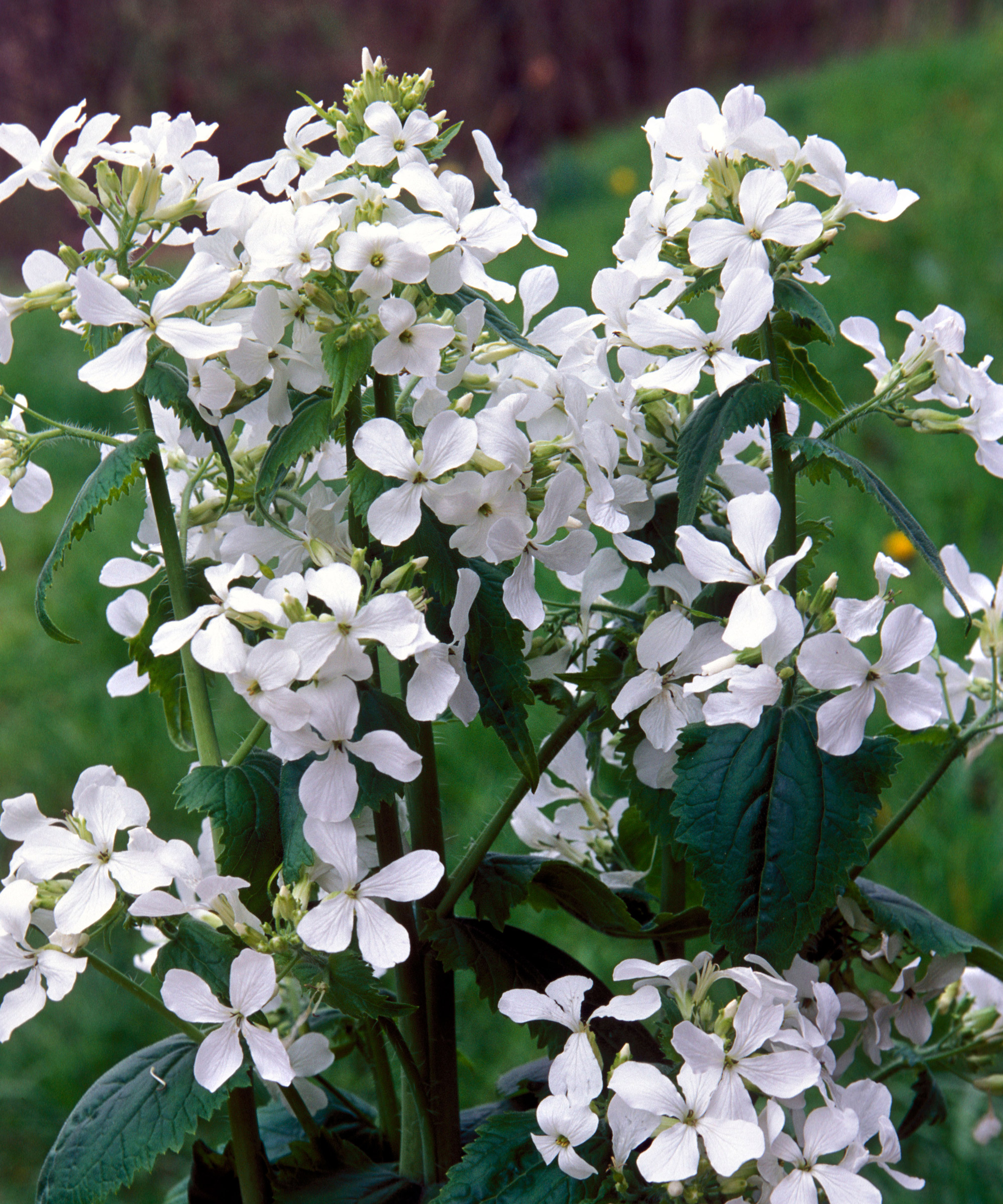
Lunaria annua var. albiflora AGM
- Hardiness: USDA 6b/7a
- Height: 18-36in
- Spread: 12in
- Good for: Roses and hedges
Honesty is a biennial easily raised from seed sown in late spring and early summer. Set out in late summer or early fall, these plants make rosettes of growth. They bloom the following year, before setting flat decorative seedpods.
You can plant Lunaria annua var. albiflora AGM at the base of hedges for wildlife or amongst roses. Orange tip butterflies lay their eggs on these butterfly garden plants.
4. Anaphalis margaritacea
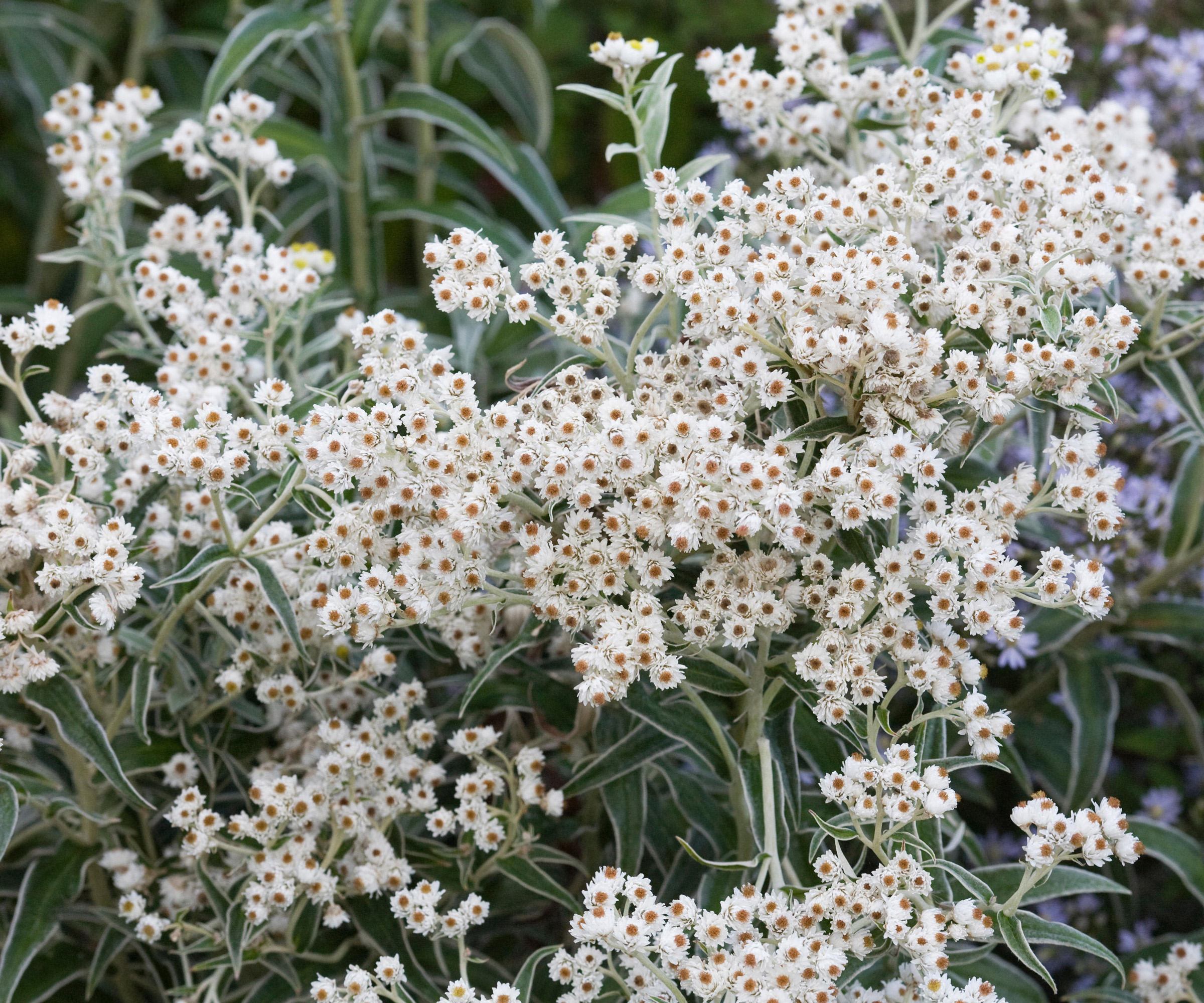
Anaphalis margaritacea
- Hardiness: USDA 1-6a
- Height: 3ft
- Spread: 3ft
- Good for: Butterfly borders
Known as pearl everlasting, this hardy herbaceous perennial is a delightful nectar-rich plant for summer. It is an excellent choice for a low maintenance garden border and an unsung hero of the butterfly border, appealing particularly to gatekeepers and meadow browns.
A good ‘filler’ plant, Anaphalis margaritacea is easily one of the best plants for a butterfly garden. It makes compact mounds of silvery foliage topped by clusters of white, yellow-centred flowerheads in late summer. Plants enjoy full sun, with moist but well-drained soil, and they are propagated by division or cuttings in spring.
5. Origanum vulgare
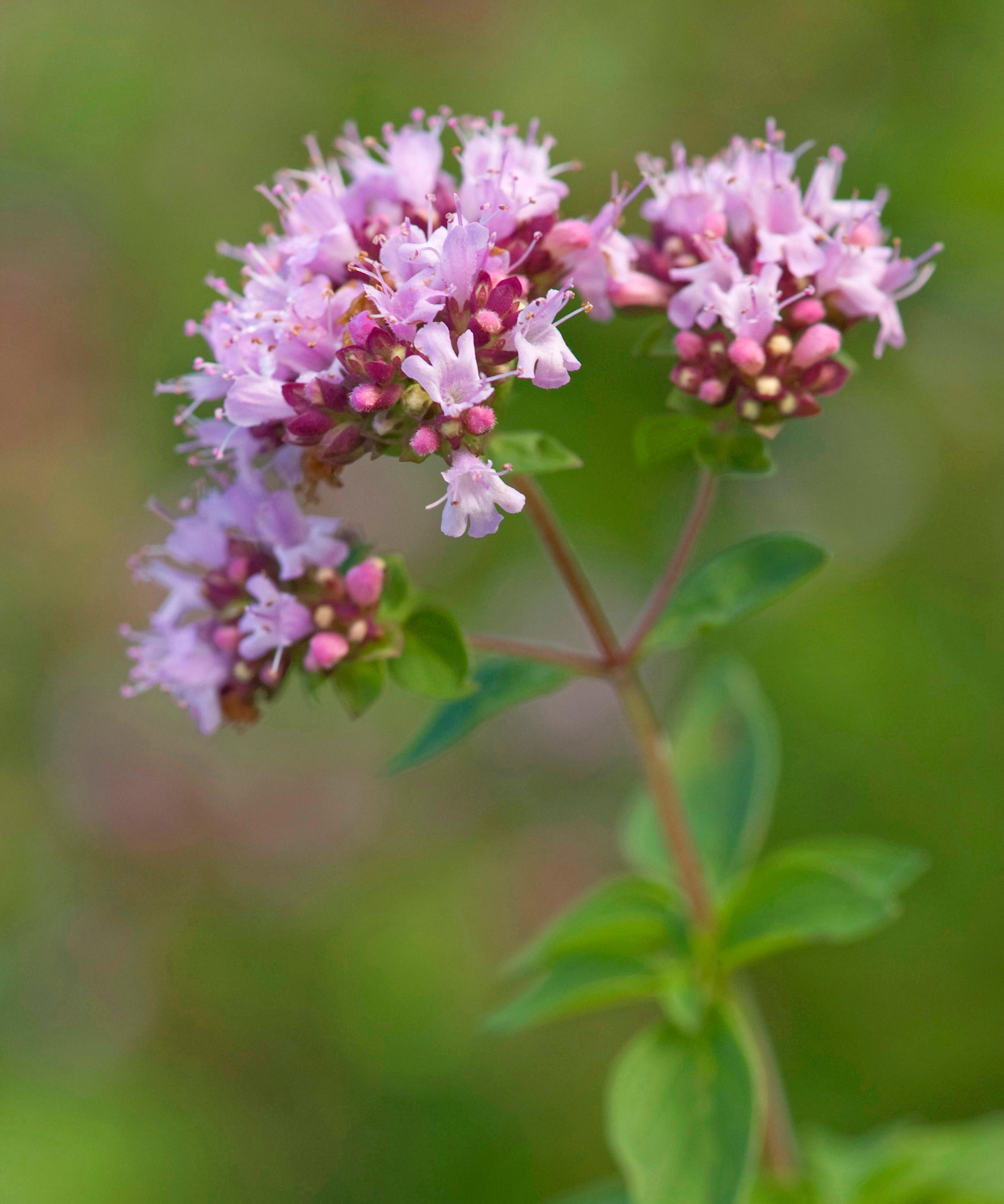
Origanum vulgare
- Hardiness: USDA 6b/7a
- Height: 30in
- Spread: 30in
- Good for: Summer edging
A wide range of Mediterranean herbs attract insects, but the best is oregano or English marjoram (Origanum vulgare), available at Burpee. You can propagate these plants by seed, cuttings or division in fall or spring, and they create generous clumps or edgings for nectar-rich plants in summer.
Stems of pink flowers act like magnets to bees, hoverflies and butterflies (especially blues and small coppers). For those who have cultivated a dedicated herb garden, white-flowered pot marjoram (O. onites) is equally effective.
6. Echinacea purpurea ‘Fragrant Angel’
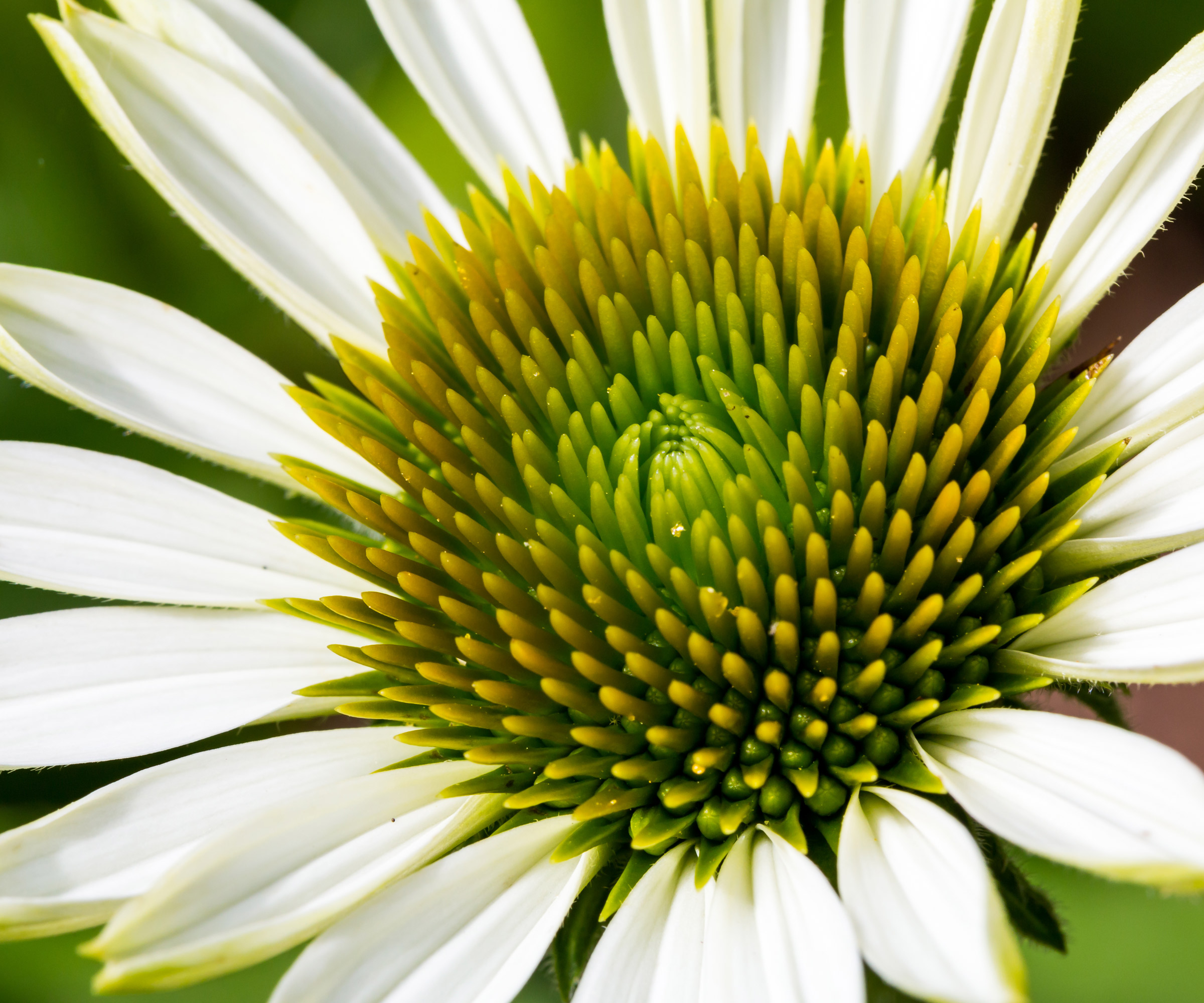
Echinacea purpurea ‘Fragrant Angel’
- Hardiness: USDA 7b/8a
- Height: 3ft
- Spread: 18in
- Good for: White floral themes
Any of these open-flowered cone flowers will attract butterflies, and there are plenty of options in pink, lilac, yellow and warm apricot. This white-flowered cultivar with chunky, rusty brown cones is distinguished by releasing a scent of honey when mature and warmed by the sun.
Echinacea purpurea ‘Fragrant Angel’ is another nectar-rich plant for summer. As well as being amongst the best perennials you can grow, these sturdy plants are self-supporting and enjoy deep, well-drained humus-rich soil.
There is a wide range of Echinacea purpurea varieties available at Nature Hills.
7. Eupatorium maculatum ‘Riesenschirm’ AGM
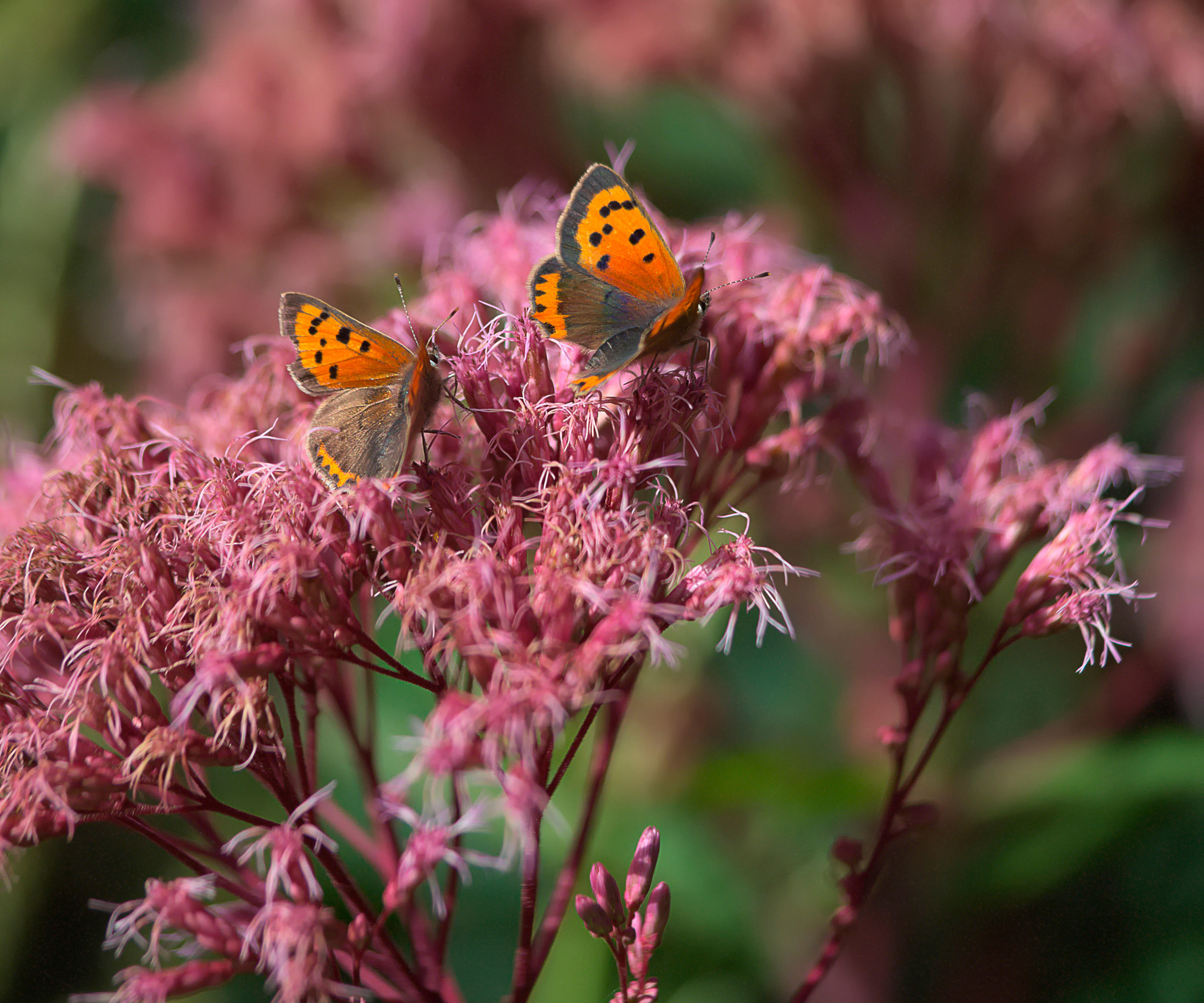
Eupatorium maculatum (Atropurpureum Group) ‘Riesenschirm’ AGM
- Hardiness: USDA 1-6a
- Height: 6ft
- Spread: 5ft
- Good for: Red fall themes
Hemp agrimony (Eupatorium cannabinum) often seeds itself into gardens. It is often welcomed for flowers that attract bees and butterflies. The same is true of the North American Joe Pye weed of which there are several cultivars, including the spotted variety, and they are amongst the very best plants for a butterfly garden.
Eupatorium maculatum (Atropurpureum Group) ‘Riesenschirm’ AGM is one of the best nectar-rich plants for the fall. Flowering from summer into fall, a mass of wispy wine-red flowers open over dark stems of deep green foliage.
8. Symphyotrichum ‘Prairie Purple’

Symphyotrichum ‘Prairie Purple’
- Hardiness: USDA 1-6a
- Height: 4ft
- Spread: 18in
- Good for: Purple floral themes
From the Michaelmas daisy tribe, this herbaceous perennial aster is one of the most impressive purple plants you can choose for nectar-giving fall interest. Symphyotrichum ‘Prairie Purple’ is also one of the best butterfly garden plants for giving a long flowering period from summer into fall.
Dark green stems and foliage are flushed with dark purple. They make a strong backdrop for light purple flowers, each about an inch across. Propagate in spring from basal cuttings or by division.
9. Hylotelephium spectabile AGM
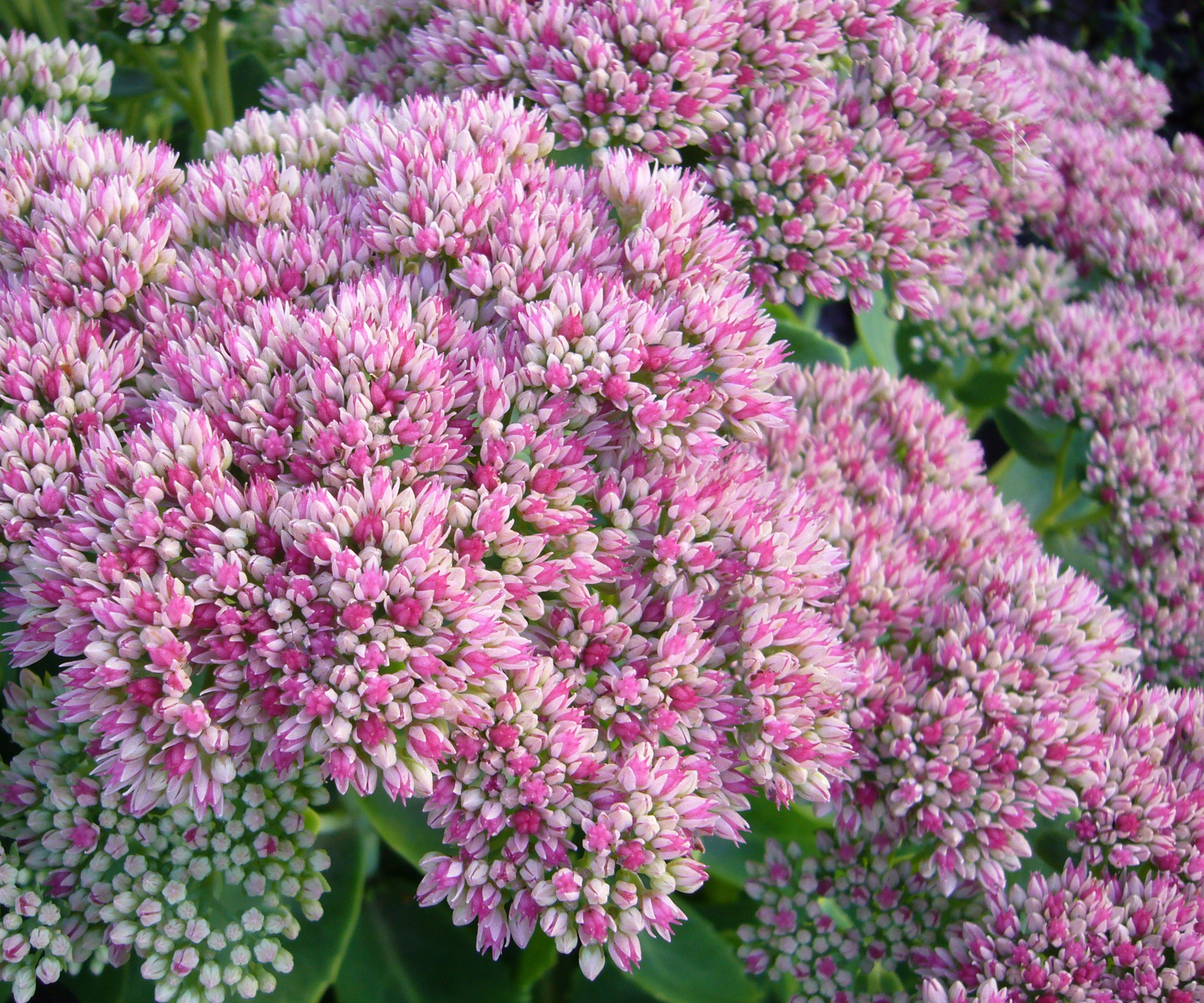
Hylotelephium spectabile AGM
- Hardiness: USDA 1-6a
- Height: 14in
- Spread: 14in
- Good for: Late-season butterflies
For those who are after the most interesting sensory garden plants as well as nectar-rich plants for the fall, Hylotelephium spectabile AGM is ideal. This species from China and Korea, known as ice plant or butterfly stonecrop, is held to be the best of its kind for attracting late butterflies.
These butterfly garden plants have stems of succulent grey-green leaves ending in domes of pink flowers darkening to attractive winter outlines.
10. Buddleja davidii ‘Blue Horizon’ AGM

Buddleja davidii ‘Blue Horizon’ AGM
- Hardiness: USDA 6b/7a
- Height: 10ft
- Spread: 10ft
- Good for: Towering displays
Known as the butterfly bush, Buddleja davidii ‘Blue Horizon’ AGM and other cultivars of B. davidii are amongst the best plants for a butterfly garden. These plants are great for attracting a wide range of late butterflies with their tapering panicles of fragrant, nectar-rich flowers.
This cultivar makes a neat butterfly-friendly shrub and bears violet-blue flowers, each with an orange eye. If you want to know how to care for a butterfly bush, you can curb tall growth and improve flower quality by pruning hard in early spring.
It's important to note that butterfly bush is considered to be an invasive plant in many regions of the US, however, so do check regulations in your region before planting. You can shop for a similar-toned Buddleja ‘Pugster Blue’ at Burpee.
11. Escallonia laevis Pink Elle
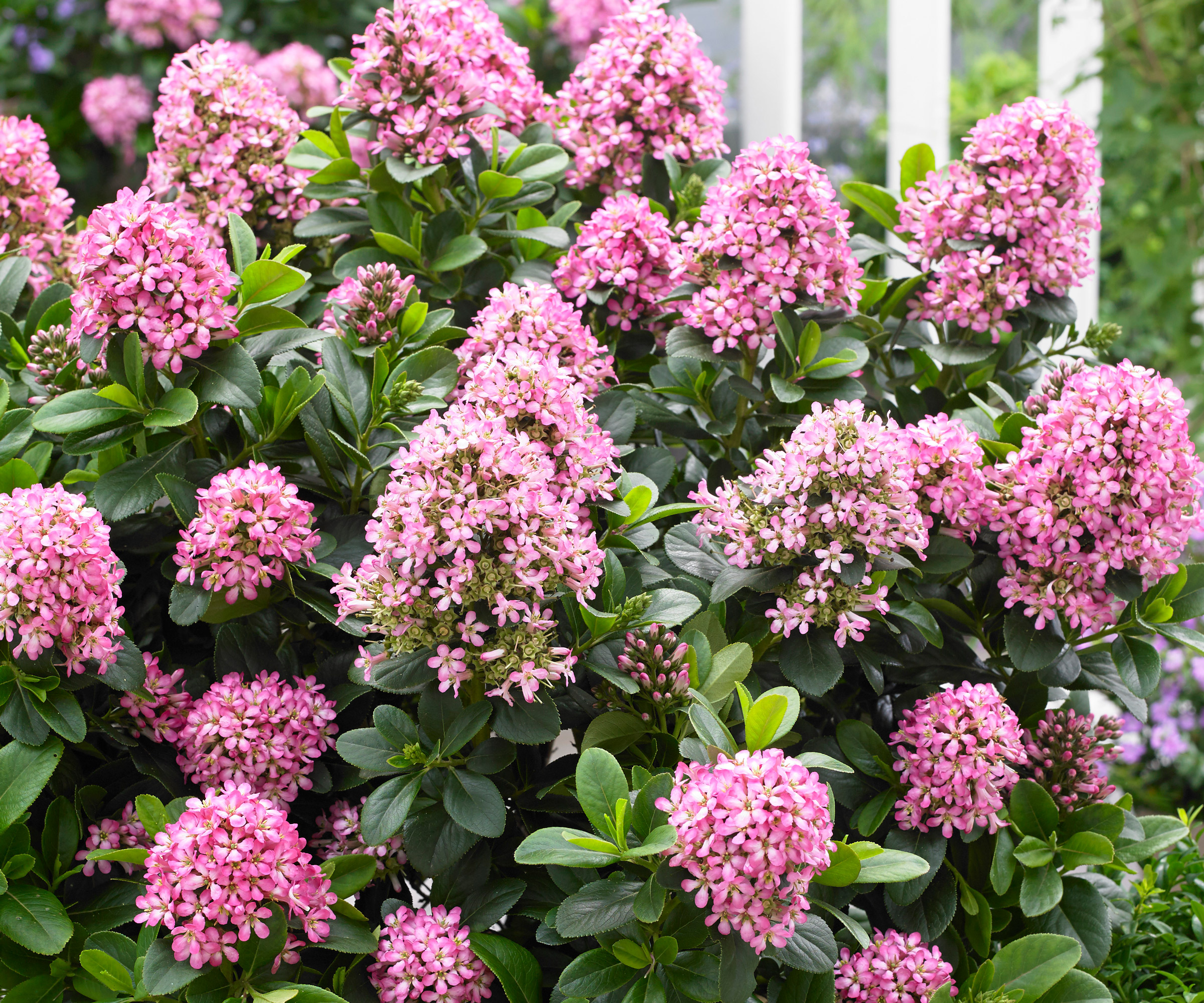
Escallonia laevis Pink Elle
- Hardiness: USDA 8b/9a
- Height: 4ft
- Spread: 4ft
- Good for: Showy hedge displays
Escallonia laevis Pink Elle is a pretty butterfly-friendly shrub. This neat evergreen is one of the best flowering shrubs as it produces large heads of pink flowers in summer and fall, and is showier than standard hedging escallonias.
These shrubs are windproof and have proved incredibly hardy. They grow best in good but well-drained soil, and in sun or partial shade. Plants would also do well in large pots.
12. Hebe ‘Oratia Beauty’ AGM
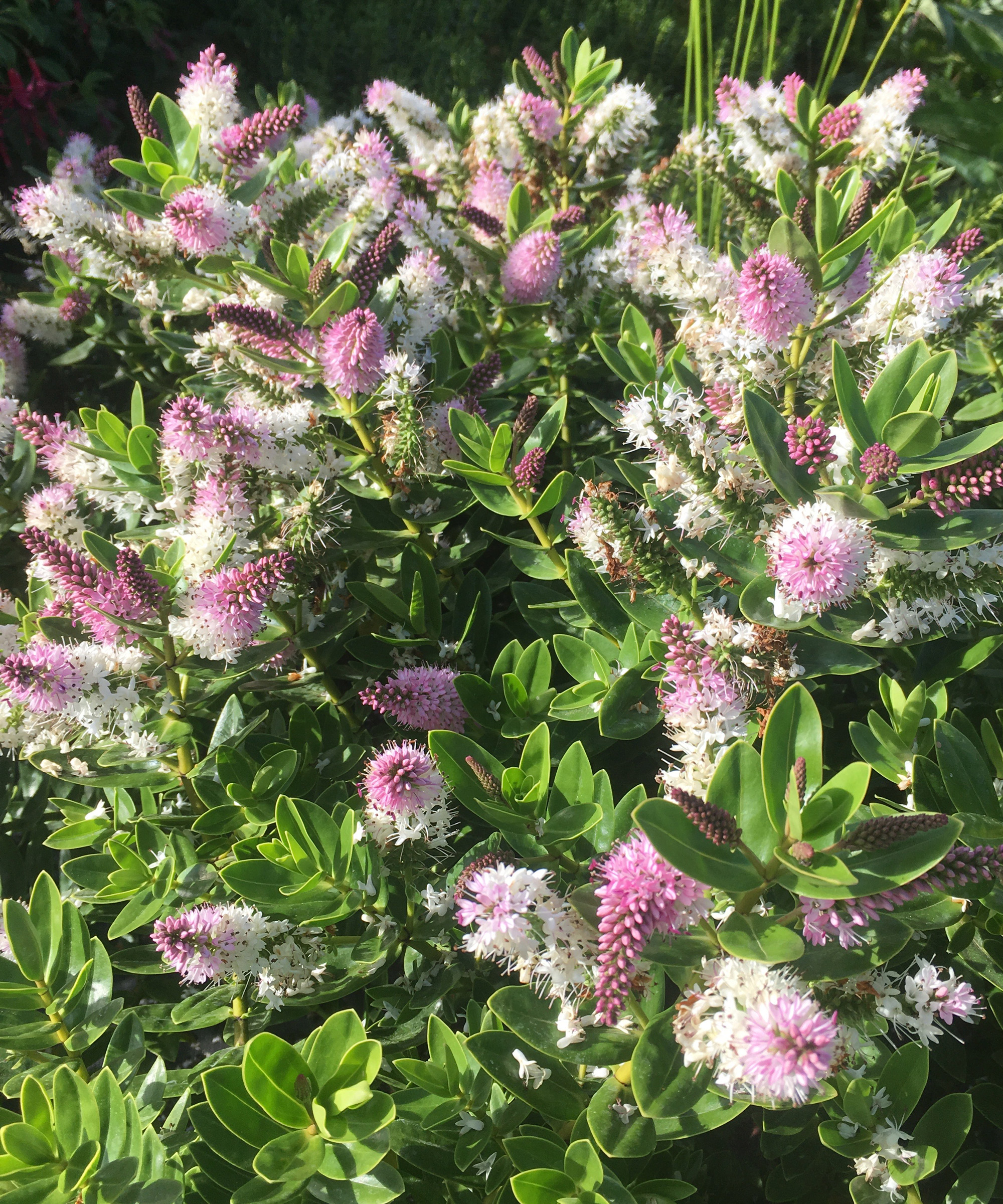
Hebe ‘Oratia Beauty’ AGM
- Hardiness: USDA 8b/9a
- Height: 3ft
- Spread: 3ft
- Good for: Two-tone flowers
If you are looking for unusual butterfly garden plants, Hebe ‘Oratia Beauty’ AGM is a striking choice. This butterfly-friendly shrub with its hebe flowers is a great draw for butterflies. One of a group of small evergreen shrubs mainly originating from New Zealand, hebes can offer a good range of heights, flower and leaf colors.
Some are a little tender, but if frost kills the tops, a hard pruning in late spring or early summer will help them grow back. As one of the best landscaping shrubs, this cultivar bears short racemes of pink buds opening to pretty pink flowers over glossy green leaves.
13. Ageratum houstonianum ‘Blue Mink’
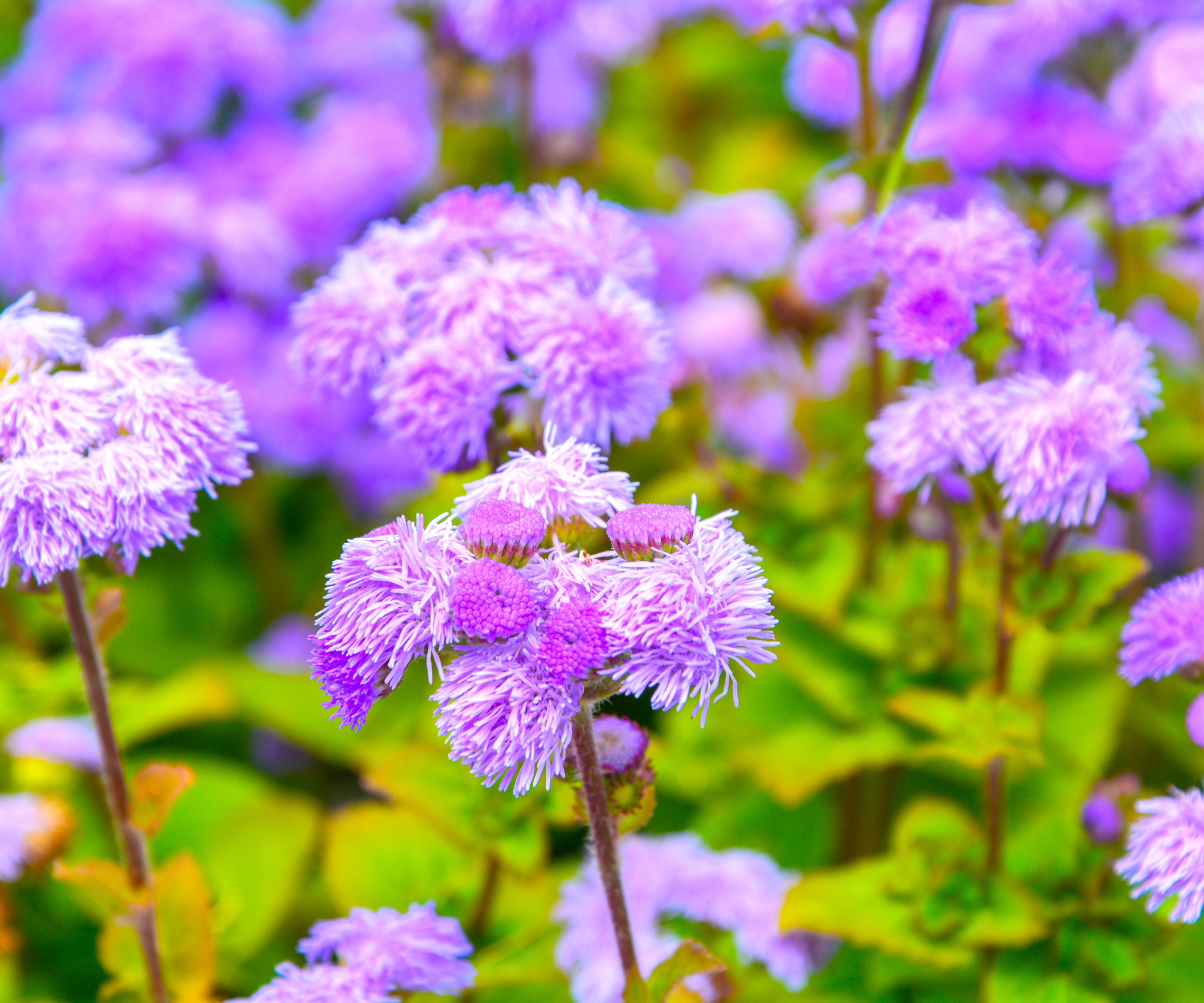
Ageratum houstonianum ‘Blue Mink’
- Hardiness: USDA 10b
- Height: 9in
- Spread: 9in
- Good for: Sunny sheltered plantings
Ageratum houstonianum ‘Blue Mink’ is perfect for a butterfly garden container. They are also ideal if you are looking to plant a flower bed and they work especially well in sunny, sheltered plantings. The floss flowers or Mexican paintbrush are half-hardy annuals raised from seed in spring to bloom all summer.
They vary a little in height, and heads of fluffy-looking flowers are usually blue but can also be white or pink. Plants will benefit from fortnightly high-potash feeds to keep them flowering well.
14. Heliotropium arborescens ‘Nautilus Blue’ AGM
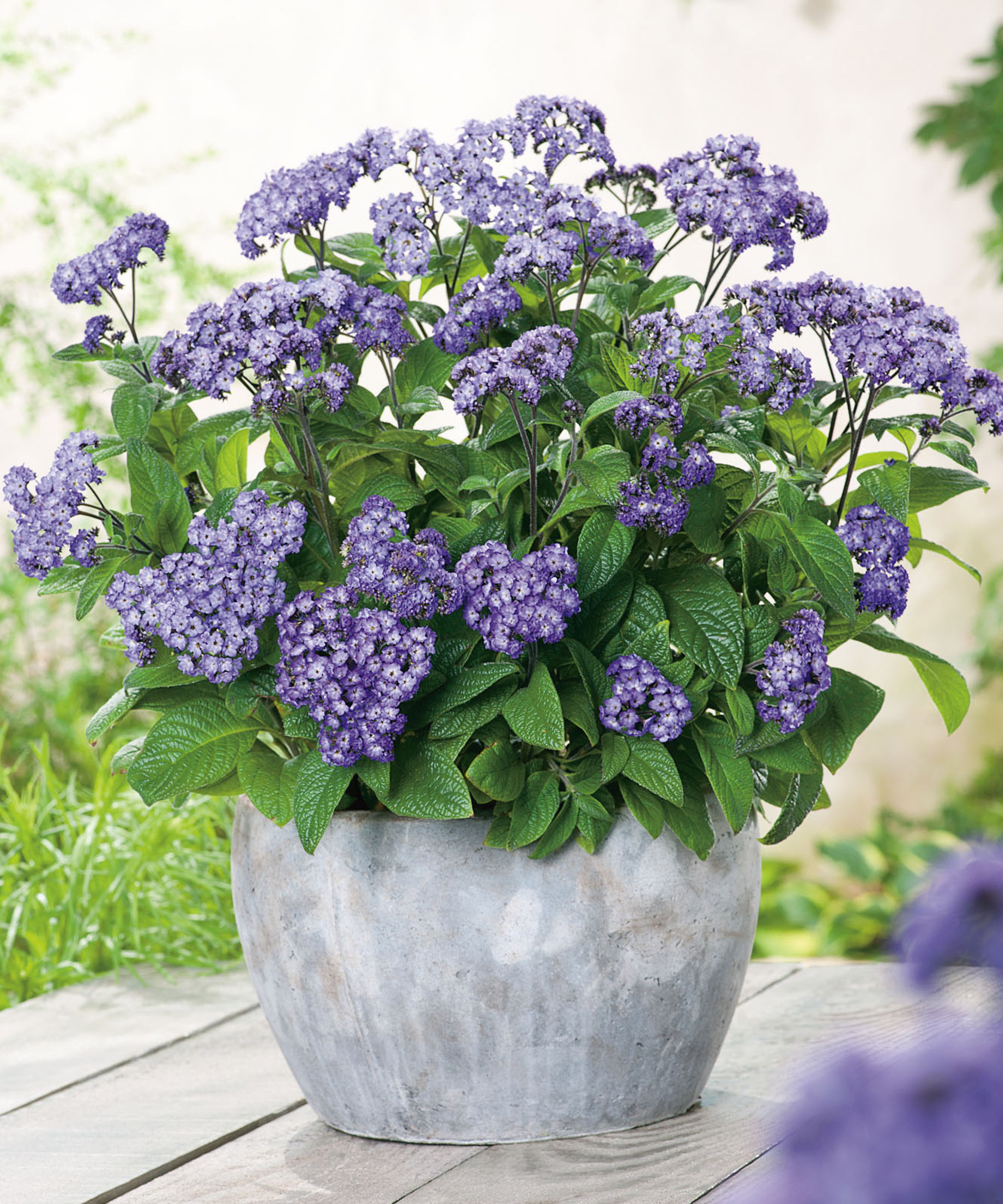
Heliotropium arborescens ‘Nautilus Blue’ AGM
- Hardiness: USDA 10b
- Height: 12in
- Spread: 12in
- Good for: Fragrant planting
When these small, tender, short-lived shrubby plants come into bloom, the flowers need warmth in order to release their delicious scent, so find a sunny spot for your heliotrope.
Redolent of cherries and vanilla, this fragrant plant is attractive to people and butterflies alike. Ideal for many container gardening ideas, Heliotropium arborescens ‘Nautilus Blue’ AGM is either treated as an annual or should be overwintered in a bright, cool, frost-free place.
You can shop for the similar-toned Heliotropium ‘Blue Marine’ at Walmart.
15. Scabiosa Kudo Pink (‘Ichpin’)
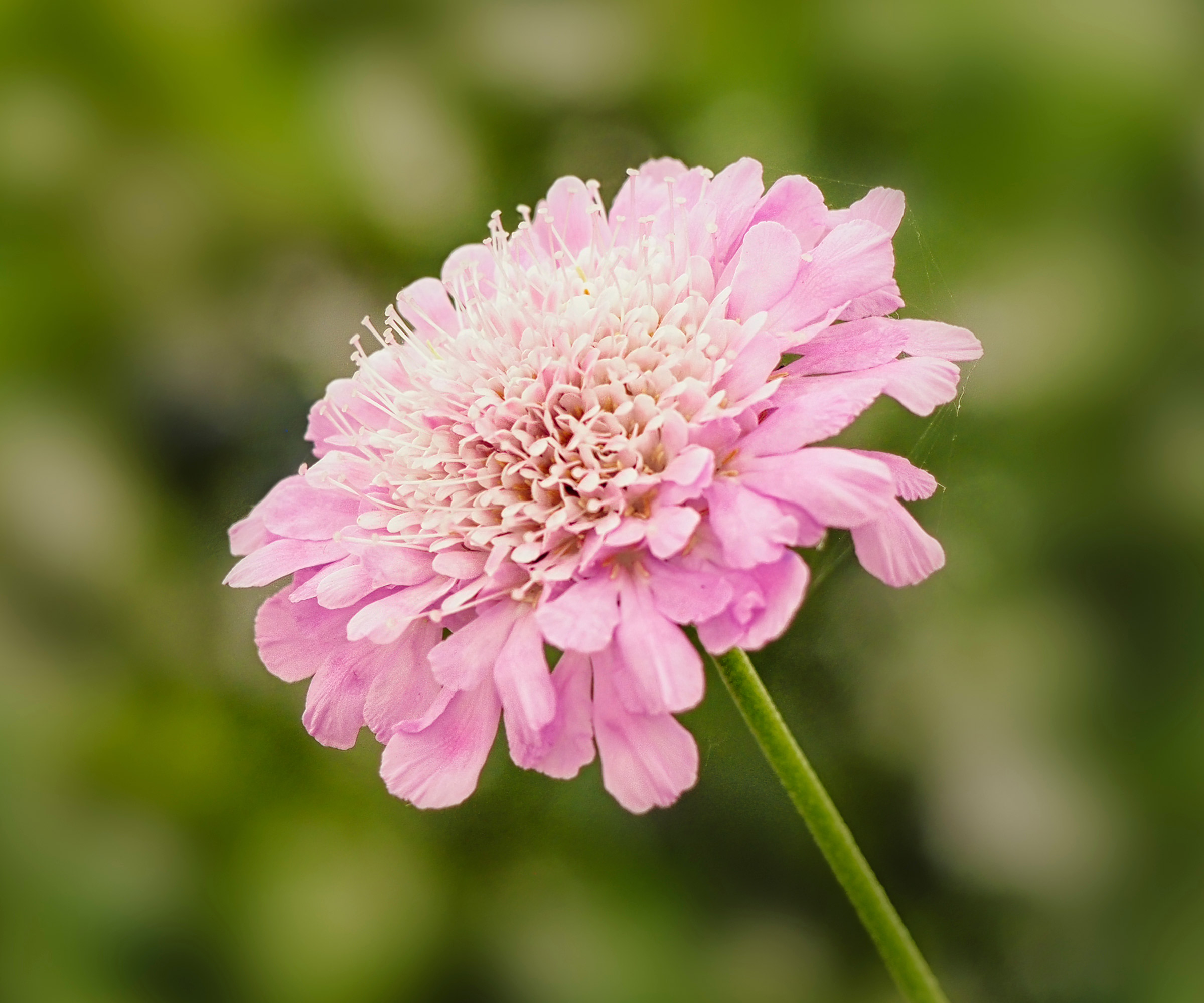
Scabiosa Kudo Pink (‘Ichpin’)
- Hardiness: USDA 7b/8a
- Height: 14in
- Spread: 12in
- Good for: Semi-evergreen perennial planting
If you are looking for butterfly garden plants that also make stunning bedding and container options in a restorative garden, try Scabiosa Kudo Pink (‘Ichpin’). This semi-evergreen perennial pincushion flower opens pink petals from spring to late summer on compact plants.
They can often be treated like annuals, yet in full sun with a moist, well-drained, neutral-alkaline soil, they should keep going from year to year. Deadhead regularly to get the most from these pollinator-friendly blooms.
16. Verbena rigida AGM
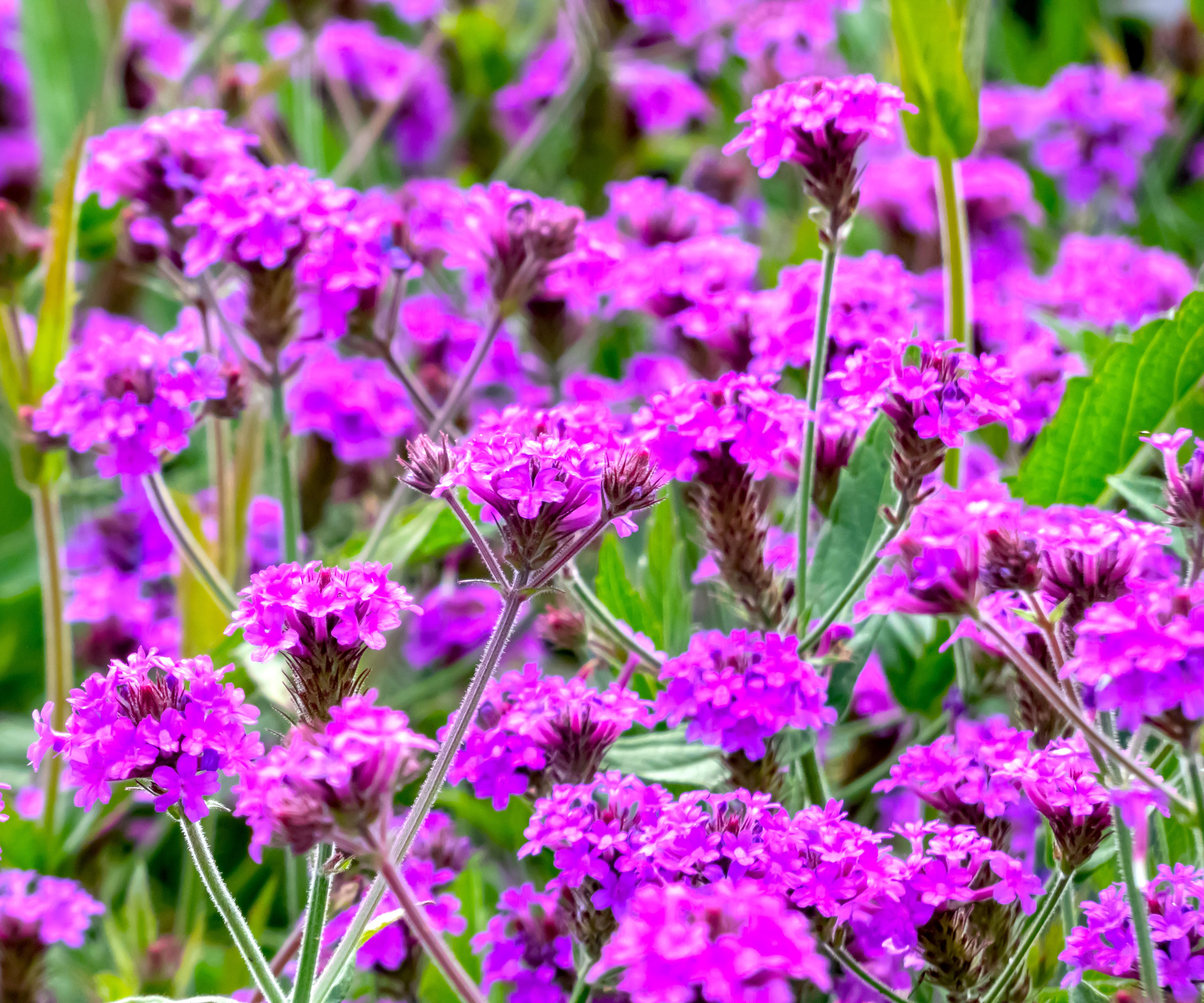
Verbena rigida AGM
- Hardiness: USDA 9b/10a
- Height: 2ft
- Spread: 12in
- Good for: Container gardens
Verbena rigida AGM makes an excellent option for container gardens. Like a smaller version of V. bonariensis, the perennial slender vervain is tender yet often comes back year after year. It is easily raised from seed or cuttings.
Purple flowers open from summer into the fall and are regularly visited by pollinating insects including butterflies. Perfect for drought-tolerant planting, these plants enjoy full sun and well-drained soil, and will often self-seed.
What plants should a butterfly garden have in it?
Deciding on the best plants for a butterfly garden is about several key gardening considerations above and beyond floral selections. Knowing how to attract butterflies is just a part of the process. You also need to think about making sure that eggs and caterpillars (as well as pollinating adults) can be safely nurtured in the environment you wish to cultivate. Plan your garden to look great while providing as many butterfly-friendly features as possible. You want a place that will feel hospitable for pollinators and keep them coming back for more.
Stop mowing part of the lawn to allow grasses and wildflowers such as clover, bird’s foot trefoil, knapweeds and selfheal to provide nectar and caterpillar food. This will require cutting – but never all in one go, as there could be eggs, caterpillars, pupae or resting adults. Find an old stump or shed where ivy can grow without causing trouble. Mature ‘arboreal’ growth provides shelter and food. Plant a herb garden, as many will bear nectar-rich flowers. Herbaceous plants are great for butterflies, but when it comes to the best plants for pollinators stick to simple, open flower structures rather than complex doubles. Aim for nectar-rich butterfly garden plants from late winter to late fall.
What plants attract moths to the garden?
As well as thinking about the best plants for a butterfly garden, you might want to give some thought to how you can encourage night-time visitors to your plot. Moths are just as pretty and interesting as butterflies, and there are a lot more of them. There could be hundreds in an average garden but only a handful are day-flying, so we rarely notice them. Still, they make for fascinating garden guests, so make sure your wildlife garden ideas include some incentives for them.
Not surprisingly, they are drawn to night-scented plants such as honeysuckle, sweet rocket (Hesperis matronalis), evening primrose and old-fashioned white tobacco plants (Nicotiana alata). Like most butterfly caterpillars, those of moths do little damage and are themselves food for birds and the adults for bats.
In America, the migratory monarch butterfly is on the IUCN Red List of Threatened Species, flagged up as ‘Endangered’. These iconic butterflies migrate from Mexico and California in the winter to summer breeding grounds throughout the USA and Canada, where they depend on milkweeds as food plants for their caterpillars.
So as well as considering some of the more dazzling flowers and shrubs listed here for your garden, don’t forget to make some space for the quieter plants – they are no less important, and it all helps to save the lives of these beautiful garden visitors.
Sign up to the Homes & Gardens newsletter
Design expertise in your inbox – from inspiring decorating ideas and beautiful celebrity homes to practical gardening advice and shopping round-ups.

Graham Rice is a garden writer who has won awards for his work online, and in books and magazines, on both sides of the Atlantic. He is a member of a number of Royal Horticultural Society committees and the recipient of the 2021 Garden Media Guild Lifetime Achievement Award. He gardened in Pennsylvania for 20 years, but has recently returned to his native England.
-
 Miley Cyrus breaks a cardinal decorating rule with her 'floating table' – her unexpected layout transforms a dead space into a stylish breakfast area
Miley Cyrus breaks a cardinal decorating rule with her 'floating table' – her unexpected layout transforms a dead space into a stylish breakfast areaThe singer tosses aside the maxim that furniture shouldn't be floating in the middle of the room with an innovative kitchen layout
By Sophie Edwards Published
-
 It’s a concept straight out of a fashionista's playbook, but I used the Sandwich Method to organize my kitchen shelves – it’s never looked sleeker
It’s a concept straight out of a fashionista's playbook, but I used the Sandwich Method to organize my kitchen shelves – it’s never looked sleekerIt transformed messy to mesmerizing in a matter of seconds
By Punteha van Terheyden Published